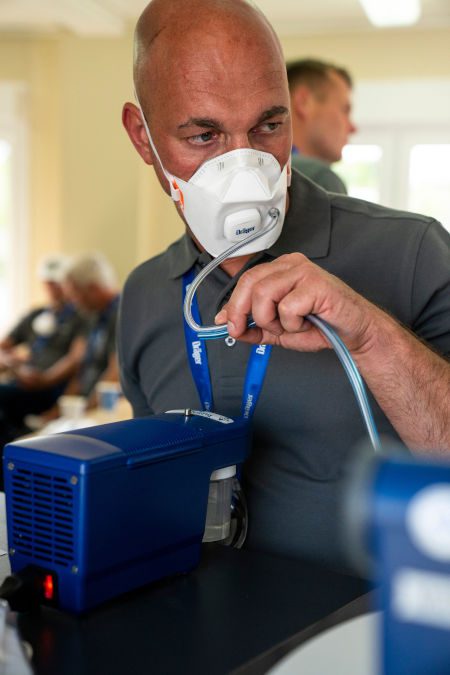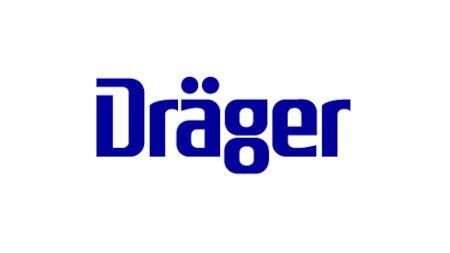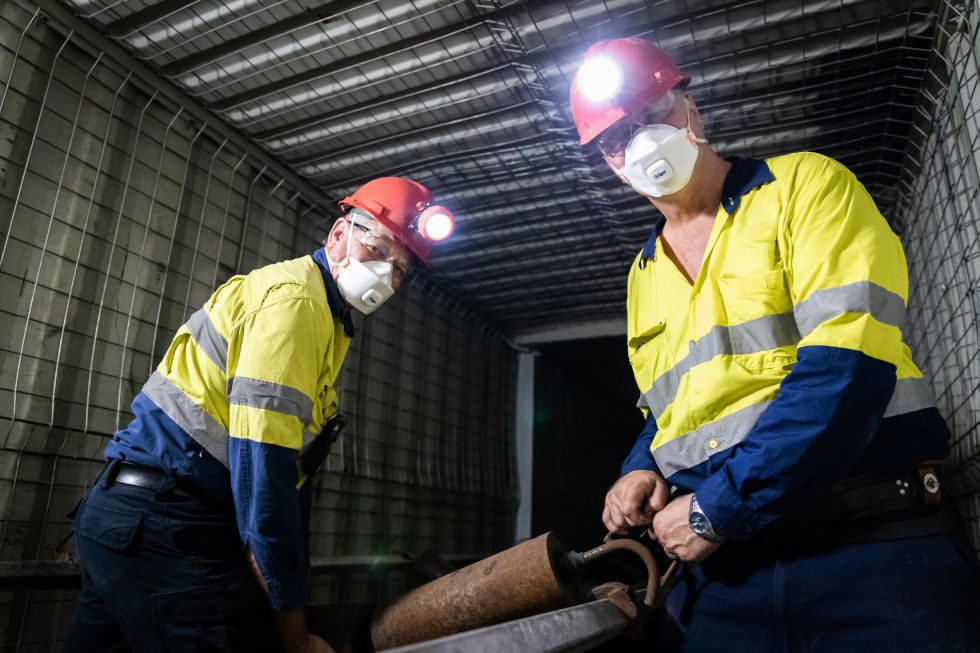When it comes to respiratory protection equipment, your health is top priority. Dräger masks and filters effectively protect against particles and gases in the ambient air. While a quality mask is important, it is important to note that only an appropriately fitting mask can provide a high-level of protection. When inappropriate or poor fitting respiratory equipment is used while working, this merely gives the user a false sense of security and could have severe effects on the user’s health.
Different factors may affect the proper fit of the mask on the face such as:
- Incorrect donning of the mask
- Facial hair
- Certain types of movements
- Mask body and face do not match (e.g. due to wrong size or mask design)
Each head is unique, and this makes proper mask selection critical. It is very important to select the correct respiratory protection device that offers maximum protection for every single user. Fit testing ensures a tight fit of the respiratory mask under realistic operating conditions. During testing, various movements of daily tasks are simulated, while the mask is checked for leaks using different techniques. At this point, any mismatch between the mask body and user’s face is detected prior to hazardous effects on the user’s health. This is the only way to ensure that the selected mask will effectively fit the user. In combination with fit testing, proper training also plays an important role. For instance, mask inspection, correct donning, and performing a seal check significantly enhances achieving a safe tight fit.
Qualitative fit testing vs Quantitative fit testing.

A Qualitative fit test checks the fit of a respirator by means of using a test substance that the subject can taste or smell. The test includes a range of prescribed exercises to be completed, such as breathing normally, breathing deeply, moving the head, bending, and talking.
The Quantitative fit test delivers more objective results, which can be measured and can be used for testing any half or full-face masks. One procedure measures the number of particles in the mask interior as well as in the ambient air using a particle counter. The measured values are then proportionally compared. Another method generates a controlled negative pressure inside the facepiece then measures the leakage rate. The result of these tests is called a fit factor. Similar to the qualitative fit test, exercises (movement, breathing and talking) are completed during the quantitative fit test in order to simulate a realistic use of the respiratory equipment.
In line with AS/NZS 1715:2009, Regular fit testing of respiratory protection equipment should be incorporated into safety management processes. The goal of a fit test is not to merely comply with regulations but to provide the maximum protection possible and to provide the user with confidence that what he/she is wearing truly fits. Regular fit tests in combination with proper donning of the mask offer the optimum safety possible for all applications involving the wearing of respiratory equipment.
Alongside our class leading respiratory protection devices, Dräger can also offer supply of fit testing equipment, fit testing training courses, through to facilitating the whole fit testing activity via our experienced safety services team at your workplace or offsite. With our Dräger class leading respiratory products and services, Dräger is there to support your best practices towards respiratory protection.
Learn more…
Web: www.draeger.com
Ph: 1800 372 437















Add Comment